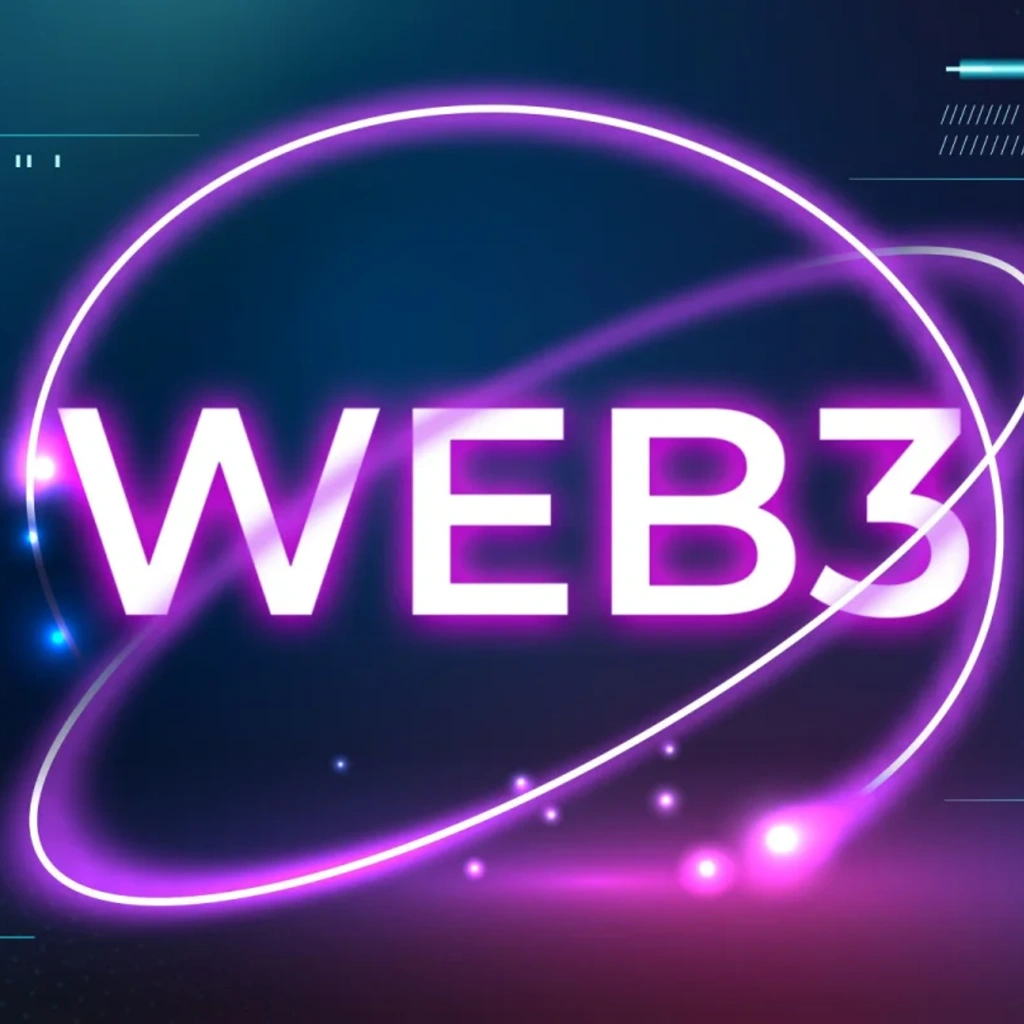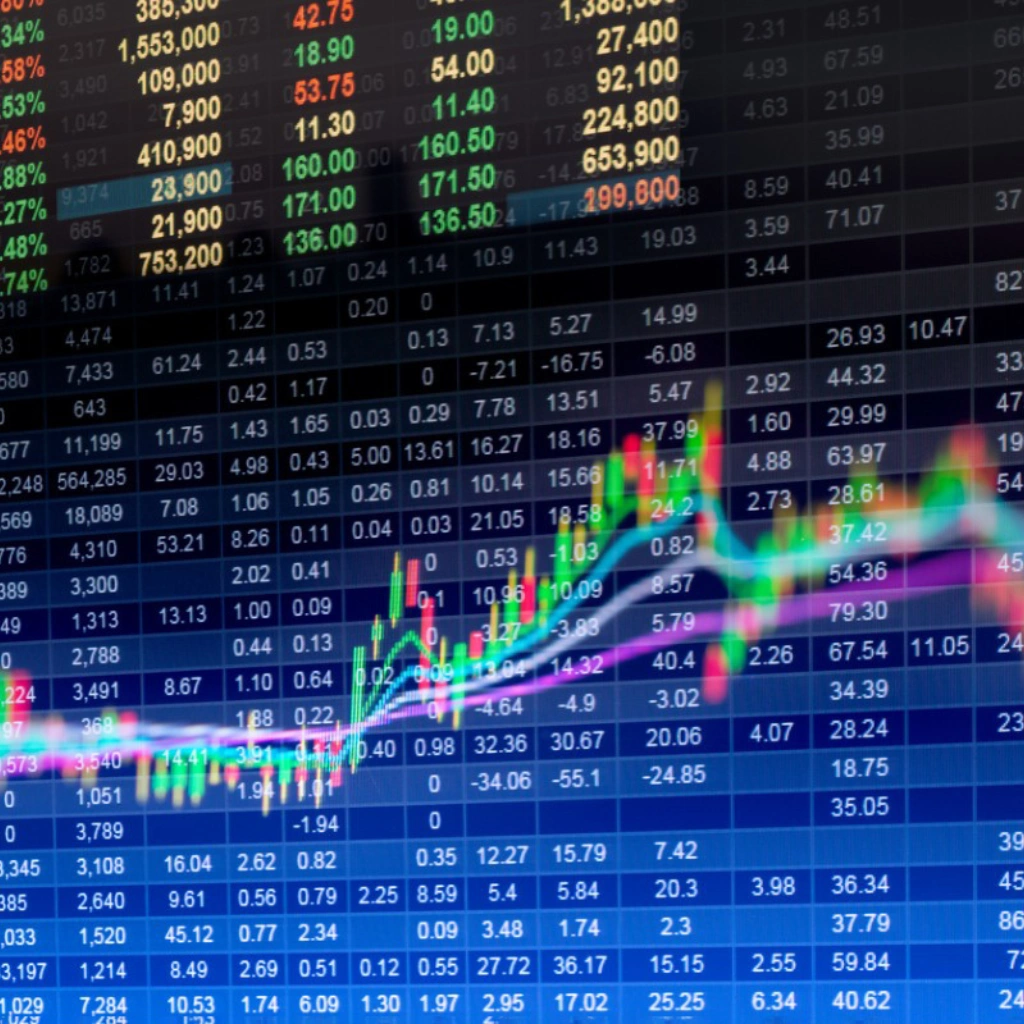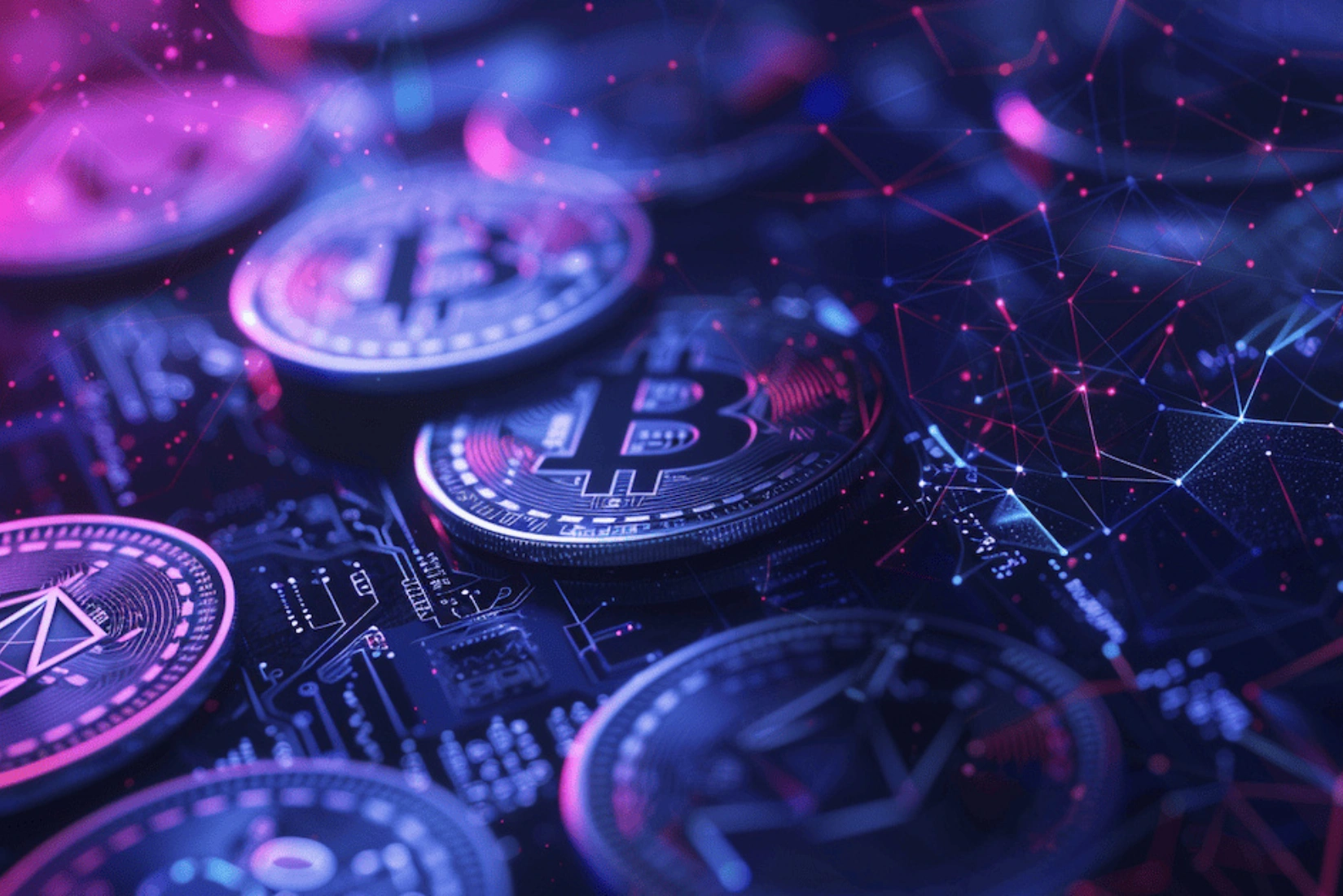By Mia Langston– Web3 explained
Portland, Oregon – May 6, 2025
Before last year, 28-year-old Marcus hadn’t given much thought to the future of the internet. He was a typical digital native—scrolling through feeds, sharing memes, paying for subscriptions he forgot to cancel. But when a friend casually dropped the phrase “Web3” during a group chat, his curiosity was piqued. Web3 explained? He hadn’t even heard of Web2 being over.
So, he did what any mildly confused millennial would do—Googled it.
The Day Marcus Realized the Web Was Changing

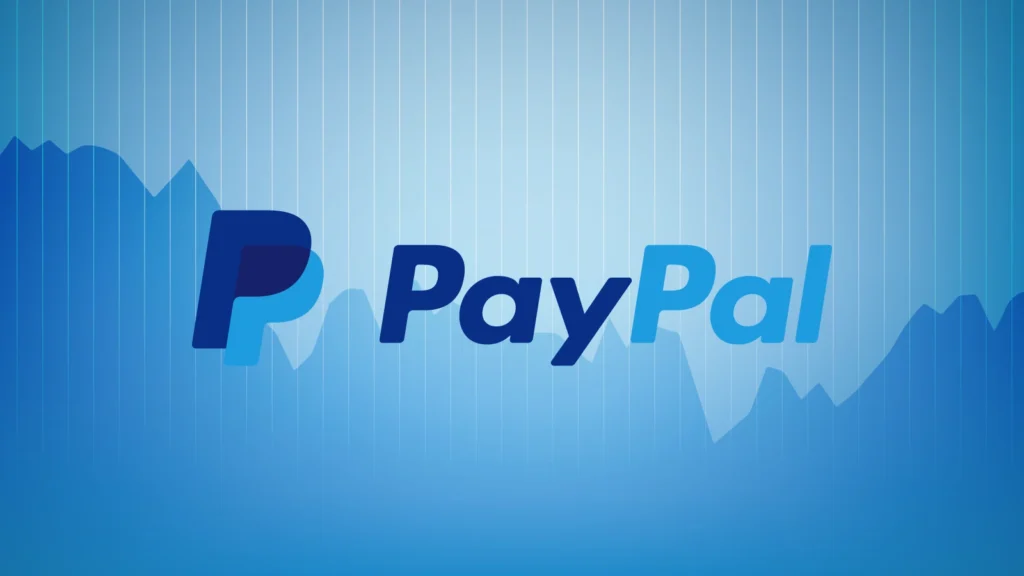
“I kept seeing the word ‘decentralized,’ and honestly, at first I thought it was just crypto hype,” Marcus says. “But the more I dug in, the more it felt like a shift in how we might use the internet—kind of like how social media changed everything years ago.”
At its heart, Web3 is about decentralization—moving power and data control away from big tech platforms and into the hands of users. Instead of needing Facebook to log in or PayPal to pay someone, Web3 envisions a world where you handle it yourself—using a crypto wallet, on platforms built on blockchain.
Marcus describes it as “logging into the internet, but without giving away your identity every time.”
Web3 Explained in Terms That Finally Clicked
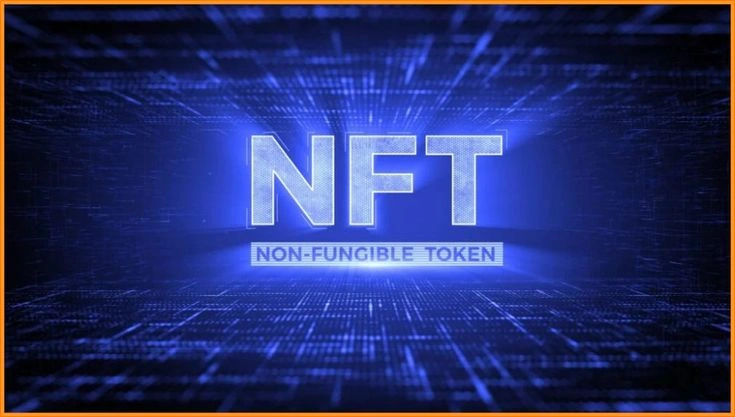
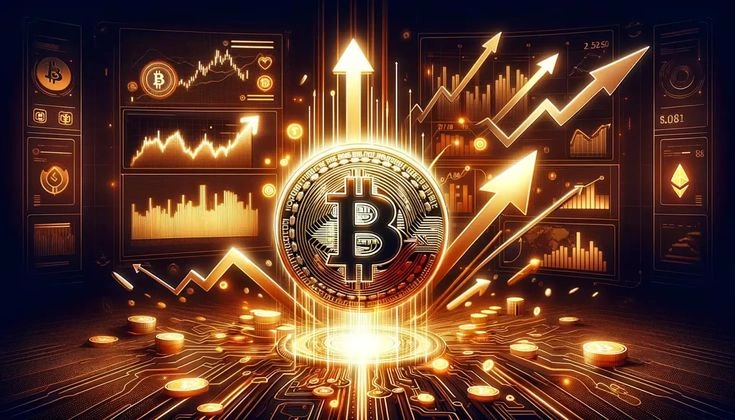
The turning point came when Marcus stumbled on a simple analogy: Web1 was like a library—read-only. Web2 was more like a community center—read and write. And Web3? That’s when the users own the place.
“It kind of blew my mind,” he admits. “In Web2, we create so much—posts, videos, reviews—but it’s the platforms that cash in. In Web3, you might actually own your digital stuff.”
Digital art? Could be sold as NFTs. Game items? Tradable. A blog post? Tokenized. For the first time, it clicked: Web3 wasn’t just about crypto—it was about ownership.
Still, Marcus wasn’t sold just yet.
Beyond Bitcoin: Discovering the Bigger Picture


At first, Marcus assumed Web3 was just another name for crypto bros trying to pump coins. But the deeper he went, the broader the picture became.
He found decentralized apps (dApps) that ran without traditional servers, finance tools (DeFi) that offered loans without banks, and DAOs—online communities governed by code instead of CEOs.
The buzzword? Decentralized—again and again.
“It felt like exploring an internet made by the people, for the people,” he says. “But not gonna lie—some of it was a mess. Wallets were clunky, platforms crashed, and scams were everywhere.”
Why It Mattered (Even If It Wasn’t Perfect)
Despite the chaos, Marcus saw real potential. Web3 wasn’t polished—it was raw, experimental, sometimes frustrating. But under the surface was a sense of change.
He saw creators earning crypto directly from fans—no middlemen. He saw small businesses building loyalty through token-based memberships. And he saw people in underserved regions using DeFi tools when traditional banks said no.
“It’s not just hype,” Marcus says. “It could be a better internet. Not guaranteed. But possible.”
Of course, it’s not all roses. Web3 is still mostly unregulated. The learning curve is steep. Mistakes can cost real money. “You definitely wouldn’t want to onboard your grandma to a DAO,” he laughs.
Web3 Explained… Through Lived Experience
A year after first hearing about Web3, Marcus still doesn’t consider himself an expert. But he’s more informed, a bit more cautious, and definitely more intrigued.
He now owns a couple NFTs, dabbles in governance votes on a DAO he joined, and still keeps an eye out for the next big project. “It’s like watching the internet reinvent itself in real time,” he says. “No idea if it’ll pan out, but it’s kind of exciting to witness.”
And that, in many ways, is Web3 explained—not just as a technology, but as a movement. One full of bold ideas, real risks, and just maybe… a new way of thinking about what the internet could be.
Relevant News: HERE

